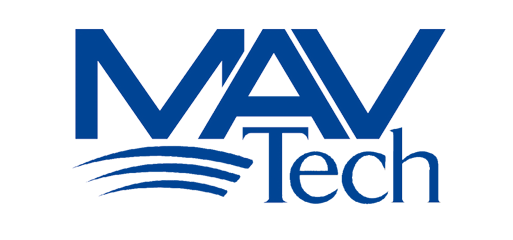PROJECT DESCRIPTION
The Project “BLUESLEMON – BT Beacon and Unmanned Aerial System technologies for Landslide Monitoring” is funded by provincial funds of South Tirol Italian Autonomous Province and it is developed with the support of Beacon Südtirol-Alto Adige project (funded by the south tyrolean European Regional Development Fund) under the supervision of the NOI Techpark Südtirol/Alto Adige as support for consultancy, networking and R&D project backing for the use of UAS in alpine environments.
The project “BLUESLEMON” aims to develop a low-cost automatic system for monitoring landslide surface displacement through the integration of Bluetooth (BT) Beacons localization and UAS also named Remotely Piloted Aircraft System (RPAS) technologies. Two subsystems will assemble the final setup: the ground sensors technology and the periodic localization system composed by UAV and beacon reader. These are designed as an inseparable integrated architecture and each individual subsystem cannot operate on the supposed landslide areas without the cooperation of the other one.
Thus, a main challenge consists in the identification of low-power-consumption and high-precision Bluetooth devices, as well as in the development of a UAV platform capable to work even at a limit of feasibility considered for an Alpine scenario (e.g. -20 °C at 2500 m asl). To prevent undesirable collisions with surrounding structures (e.g. trees, powerlines and funicular railways), the UAV platform will be equipped with obstacle-detection sensors and collision-avoidance algorithms.
DEGREE OF INNOVATION
The proposed architecture aims to exceed the state-of-the-art methodologies by obtaining a single low-cost system adaptable for the inspection of movements related to different types of gravity-driven natural hazards (e.g. slow-moving earth flows, discontinuities in rock walls). In addition, the expected autonomy of the system will allow to avoid the risky operations in-situ. Nowadays, the current methodologies (with or without UAS) are characterized by a high level of criticality in extreme environments such as the alpine surroundings.
The solutions of the project’s requirements are of great interest for future reconfigurations of the developed system, in order to extend its use for search and rescue operations in dangerous conditions. Therefore, the suggested method will represent a strong novelty in the reference sector and lead to further application developments with considerable added value elements.
Objectives and Peculiarities
•Implementation of a pervasive monitoring system of landslide zones
•Low environmental impact components in situ: no cables and small size components
•Increasing operator safety in high risk locations
•Obtain timely information on the movement rates in the medium and short term on specific surface movement
•Use of Internet Of Things and Fog Computing paradigms for terminals management in situ
•Multi-role and multi-objective UAS able to manage the detection nodes on the surfaces at risk
•RPAS able to operate in extreme climatic and environmental conditions.

Equipment
Q4T Drone
The Q4T Remotely Piloted Aircraft System has been developed to perform aerial surveys with many kind of sensors, as well as reconnaissance flight missions with a thermal-visible payload or with a 10x zoom camera. The payload can be mounted on a 3-axis gimbal. It can also carry onboard a LiDAR sensor for precise terrain scanning and 3D modelling.
•Accurate localization and positioning system (GPS RTK)
•Detection and control of ground nodes
•Reconfigurable platform for different payloads
•Capability to work even at limit of feasibility considered for an Alpine scenario (e.g. -20 °C at 2500 m asl)
•Endurance and stability performances allow to detect ground nodes in a unique flight mission
•Autonomous missions defined by waypoints set previously
•Management of obstacle-detection sensors and collision-avoidance algorithms.


BT Beacon system
•Accurate distribution on the landslide
•Reference beacon
•Endurance and stability performances: up to 7 years of battery endurance
•No active maintenance
•Easily reconfigurable distribution
•Identification of low-power-consumption and high-precision Bluetooth devices.
Activities
Collision Avoidance Simulations
Different scenarios for different flight missions:
1.No Obstacle Environment
2.Corvara (BZ) Landslide Environment
3.Rough Environment
Verification of the variation of the 3DVFH+ algorithm performances as a function of the variation of different parameters. Optimization of simulation parameters through free simulation software like ROS and Gazebo.
Extreme Environment Simulations
Verify drone and batteries limits within a controlled extreme environment chamber.
Temperature range from -20°C to 35 °C, altitude range from 0 m ASL up to 5000 m ASL.
1.Drone performance characterization (no battery)
2.Drone batteries characterization
3.Characterization of the complete system (drone with battery).









